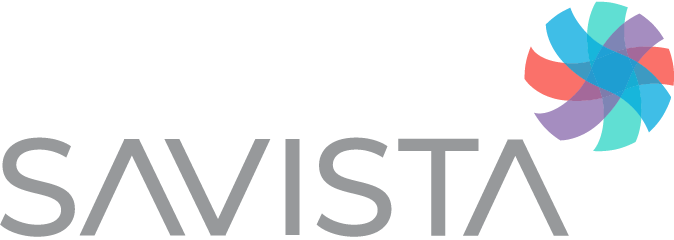In today’s health care environment of shrinking reimbursement dollars, what does it mean to be patient-centric, especially for those whose patient status is uninsured? Although it may sound like just another buzzword, it’s really about adopting a mindset focused on ways to uniquely support all patients with value-based care metrics and strive for complete patient satisfaction in every way – body, mind and soul. To do so often requires exploring non-traditional sources of funding through progressive Eligibility & Enrollment services that extend beyond the acute care hospital setting.
Ultimately, our definition of patient-centric means seeking out and qualifying patients for any patient assistance program that is available to them in the community where they reside, ensuring access to health care.
While it is only natural to question why hospitals should secure coverage for the uninsured following discharge, the answer is really quite simple: it will benefit an organization in some way, perhaps not for clinical reimbursement solutions on a current bill, but definitely on a future one.
For starters, helping uninsured patients gain funding, whether from Medicaid, a qualifying community program or other government assistance, goes a long way toward improving overall patient satisfaction. You’ll be making a very important contribution to their health and helping to avoid preventable re-admissions while also building trust and loyalty as a patient advocate. Those who benefit may feel that “wow, this hospital really does care,” building goodwill in the community you serve. Providing value-based care can improve your own financial health as these patients continue to receive ongoing health care within your hospital or extended health care network.
Patient Solutions: Expanding Eligibility & Enrollment
Building a robust Eligibility & Enrollment program generally starts by engaging with a vendor or an internal team member, exploring specific options based on a patient’s unique situation. This is a key step to learning how to improve patient satisfaction and value-based care metrics in hospitals. This includes reaching out to social workers to identify available programs and working with patients to help them through the qualification process. In a number of Florida counties, for instance, there are programs to help uninsured adults engage with a primary care physician following discharge. Eligibility & Enrollment can help secure funding and provide access to a network of participating health care providers.
Another example is extending support to existing Medicaid patients, especially those diagnosed with a terminal illness or who have been involved in a catastrophic accident. In either of these cases, Eligibility & Enrollment professionals can help with application for Social Security disability benefits to cover ongoing health care. Medicaid patients qualify for Medicare two years after being declared disabled, bringing the higher Medicare patient reimbursement rates for services back into the facility with no out-of-pocket expense to the patient.
Another area is neonatal care. If a baby is not well enough to go home, he or she immediately qualifies for a Social Security version of Medicaid. Even if the mother is covered by private insurance, opting for this benefit can help to defray upfront premium hospital costs. Upon discharge, Medicaid may also reimburse hospitals of any premium expenses.
In the case of well babies, parents may simply forget to add their newborn to their health insurance policy, with many health care providers requiring application within 30 days or coverage is denied. Eligibility & Enrollment can obtain access to the birth certificate and social security applications while mother and baby are still hospitalized, faxing these documents to insurance providers prior to discharge to ensure that the baby is covered from the moment of birth.
What to look for in an Eligibility & Enrollment vendor
Due to the complexity of Eligibility & Enrollment, many medical billing organizations engage with an outside resource for these services. However, all vendors are not the same. When evaluating resources it is important to assess the number and scope of programs offered, as well as the depth of knowledge on each.
Achieving proven results
The measure of any Eligibility & Enrollment program is how well it pays off for patients and health care providers. For one of our clients, Savista increased inpatient Medicaid approvals by 32 percent, with outpatient Medicaid approvals increasing by 42 percent with our patient solutions. In addition, we helped reduce their overall patient responsibility population, including bad debt, and had quicker access to revenue by identifying the appropriate payor early in the process.
Eligibility & Enrollment
Reduce the Impact of Uncompensated Care
Your net revenue is being heavily impacted by shifting payer mix, charity care and increasing bad debt. Do you have the resources and technology to screen self-pay patients for every potential funding source? We do, and we’ve been successfully enrolling uninsured patients into paying programs for over 30 years.


